-
Posts
25.684 -
Joined
-
Days Won
299
Posts posted by Lion.Kanzen
-
-
4 hours ago, fatherbushido said:
One could perhaps make a scenario map "Issus" where we would use the current models?
(in DE for example)
I remember @Mythos_Ruler was making such maps 10 years ago.
And drawing, lol , maybe 'Wow' can do the same.
-
 1
1
-
-
1 hour ago, jesper said:
oh ok. thanks. thank you for taking the time to answer me .will the performance problems be solved if possible? and will the graphics become more realistic? would be good. good luck!!!

Mostly of them. At last is about 30% more optimizated even more.
-
 1
1
-
-
In the main game is planned second part civs as Palmyra.
-
I have some videos recorded.
-
 1
1
-
-
What about third Century crisis?
-
Seleucids are my main problem don't have many units only the basic.
-
56 minutes ago, av93 said:
I think it's better to say that devs have talked about it, but IRC there's been no much work on it.
Its only a trivial fact. Is planned.
the response to be given to a consumer of a service in marketing should always be positive in accordance with his interests.
-
4 hours ago, DeadTom said:
Oh, woah, I'm sorry! I never got a notification for this message! Not that anything is missing, I figured I wanted to create something that was more of a grand strategy type game rather than your typical RTS, something more along the lines of Rise of Nations or Stellaris
But we planned have a Grand Strategy mode campaign.
-
Slinger must be most weaker of the ranged but more cheaper.
Give to them less armor and less health.
And agree with piercing damage.
Cavalry (melee) must have bonus vs ranged unit .
-
On 4/25/2020 at 12:29 PM, wowgetoffyourcellphone said:
I going to repeat again.
I said that many times. 0 A.D must adapt Delenda Est philosophy (counters, bonus vs specific units.) I told that to @Stan` but I haven't idea why is so hard have an agreement.
-
No really. But if you want work to up date nothing stop you.
-
No se ve muy low poly.
-
9 minutes ago, Stan` said:
It was made using @Alexandermb's blend file for banners

I don't like it. is more banner like the apron than that.
-
45 minutes ago, Stan` said:
I t can be better wait to Alexander make a banner that look odd.
-
We aren't adding more to main game (several reasons). The rest will come as mod, I suggest Terra Magna mod. I'm not sure if wowgetoffyourcellphone wants that faction for DE.
-
 1
1
-
-
42 minutes ago, Lopess said:
@Lion.Kanzen
Do you know any good graphic references from the time of El Mirador? (Sitios Nakbe, El Tintal etc?)
Pre Classic ? I need search
-
 1
1
-
-
8 minutes ago, Ultimate Aurelian said:
Might also fit Bactrians.
I have a draft for a Greco-Bactrian civ.
Si veamos.
-
-
-
-
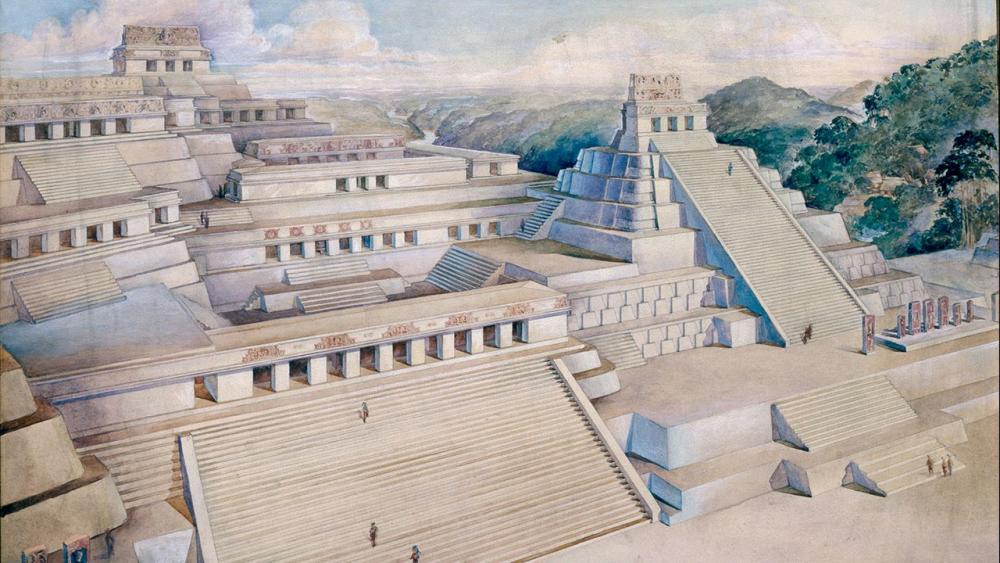 Quote
QuoteMaya architecture spans several thousands of years, several eras of political change, and architectural innovation before the Spanish colonization of the Americas.[1] Often, the buildings most dramatic and easily recognizable as creations of the Maya peoples, are the step pyramids of the Terminal Preclassic Maya period and beyond. Based in general Mesoamerican architectural traditions, the Maya utilized geometric proportions and intricate carving to build everything from simple houses to ornate temples.[2] This article focuses on the more well-known pre-classic and classic examples of Maya architecture. The temples like the ones at Palenque, Tikal, and Uxmal represent a zenith of Maya art and architecture. Through the observation of numerous elements and stylistic distinctions, remnants of Maya architecture have become an important key to understanding their religious beliefs and culture as a whole
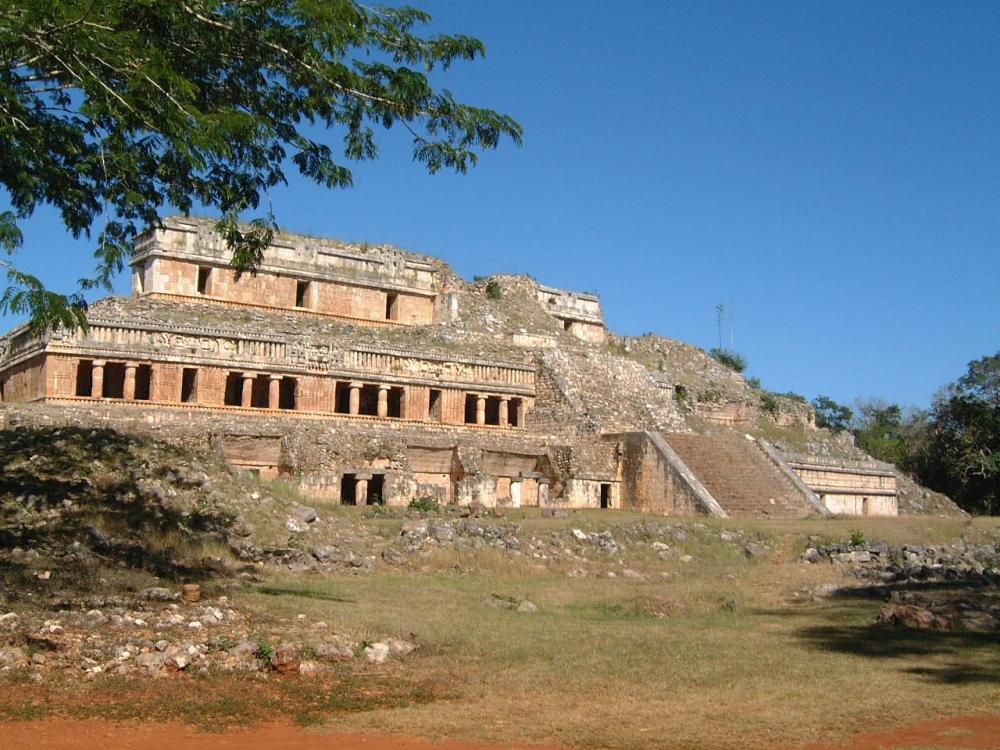
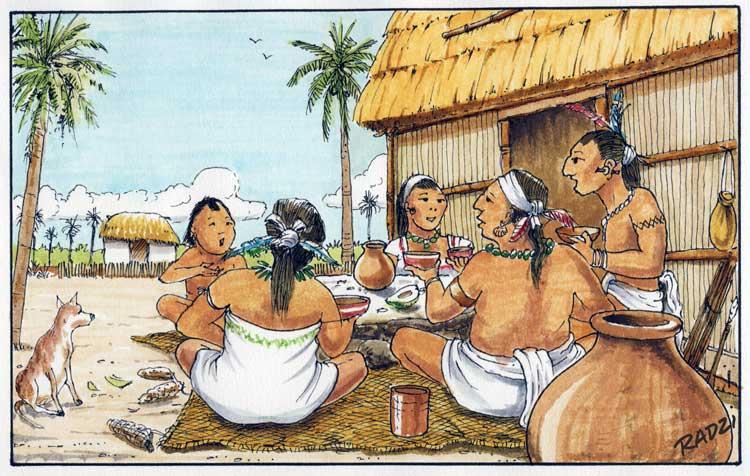
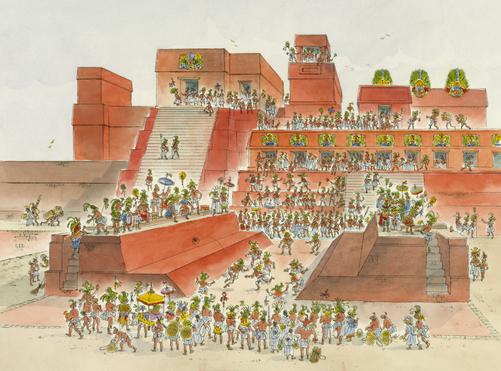
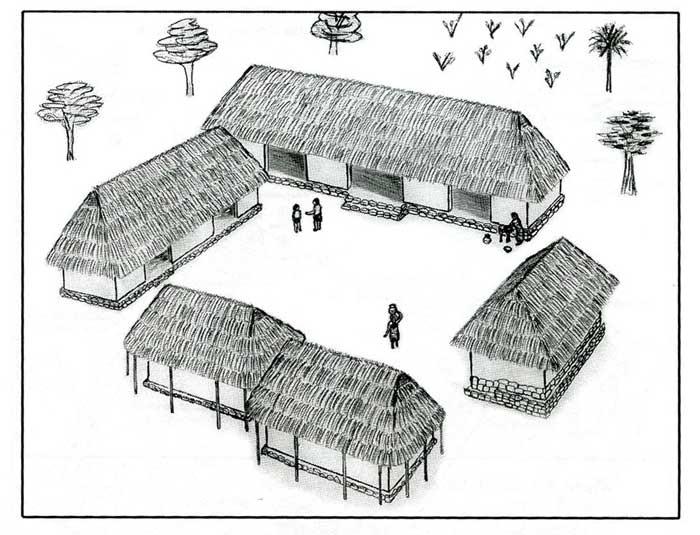
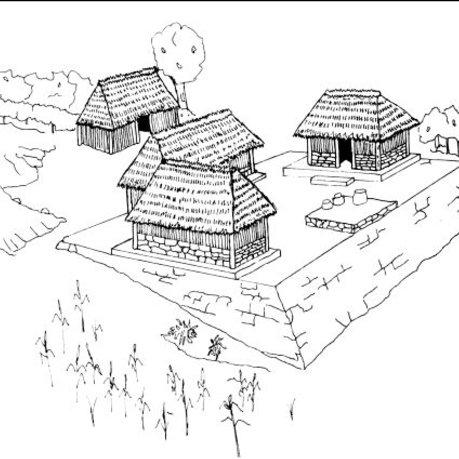
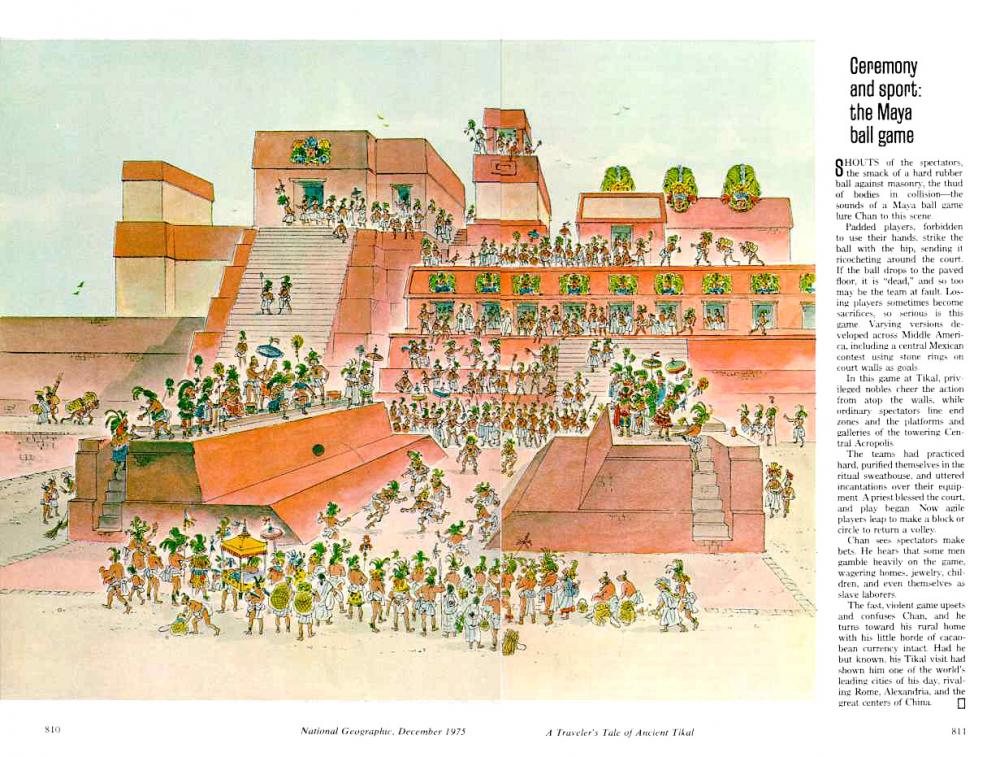
-
 2
2
-
-
It is doubtful that the characteristics of "Parthian Art" have anything to do with Parthia itself;[3] the most characteristic feature of the "Parthian" art is frontality which is not a special feature of Iranian or Parthian art and first appeared in the art of Palmyra.[4] There are doubts whether this art can be called a "Parthian" art or that it should be associated with any particular regional area; there is no evidence that this art was created outside the middle-Euphrates region then brought to Palmyra for example.[5] This art is better thought of as a local development common to the middle Euphrates region.
Parthian sites are often overlooked in excavations, thus the state of research knowledge in Parthian art is not complete. The excavations at Dura-Europos in the 20th century provided many new discoveries. The classical archaeologist and director of the excavations, Michael Rostovtzeff, realized that the art of the first centuries AD from Palmyra, Dura Europos, and also in Iran as far as the Greco-Buddhist art of north India followed the same principles. He called this art style Parthian art
What is now described as Parthian art since the end of the 19th century, was not known as such a century ago. Palmyra since that time has had numerous sculptures sent to Europe. They depict men and women in robes, richly decorated with numerous jewels, and often represent the ruins of a city often associated with romantic literary sources in conjunction with Queen Zenobia. However, no separate term was found here for the art created, but they were considered a local variant of Roman art.[6] The excavations at Dura Europos since inception and especially since the early decades of the 20th century have provided many new discoveries. The classical archaeologist and director of the excavations, Michael Rostovtzeff, realized that the art of the first centuries AD in Palmyra, Dura Europos, and also in Iran and its other territories followed the same principles. He labeled this art work as Parthian art.[2] The widespread use of this art, even beyond the limits of Parthian empire, however, raised the question of whether this art was truly suitable to label Parthian, which is according to Schlumberger usually affirmed in research, as it was probably influenced by the art of the Parthian capital of Ctesiphon.[7] Nevertheless, the designation of artistic creation of the Parthian Empire and the affected areas in which the research is inconsistent and scrutinized. Authors often avoid the term Parthian art, preferring instead to name the art work on the cultural and political space. Daniel Schlumberger affirmed the notion of Parthian art in one of his most important works about the Hellenized Orient (in the original: L'Orient Hellénisé, appeared in Germany in the World of Art series). However, the book covers not only Parthian art, but also Greek art in the Orient in general. Hans Erik Mathiesen titled his work the Parthian sculpture: Sculpture in the Parthian Empire in which he studies art from cities such as Palmyra. Likewise, Trudy S. Kawami called her work to Statues in Iran: Monumental Art of the Parthian period of Iran, while Malcolm Colledge wrote his book Parthian art clearly as Parthian art to strictly define a designation of Parthian art.
-
you need a new Emblem?
-
 1
1
-
-


.thumb.png.ce58cea22940c255f5b0a735d5abee36.png)
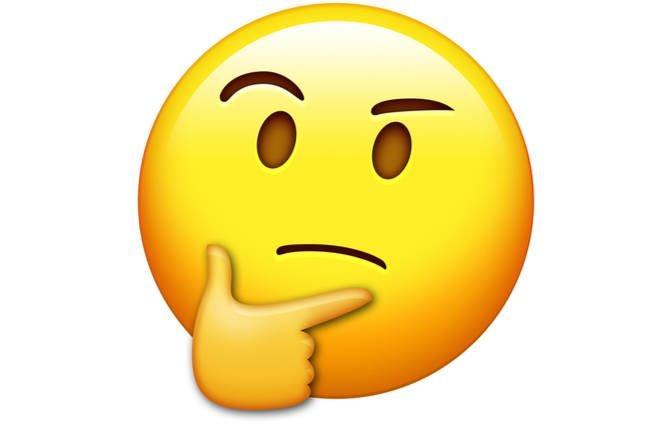
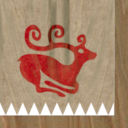
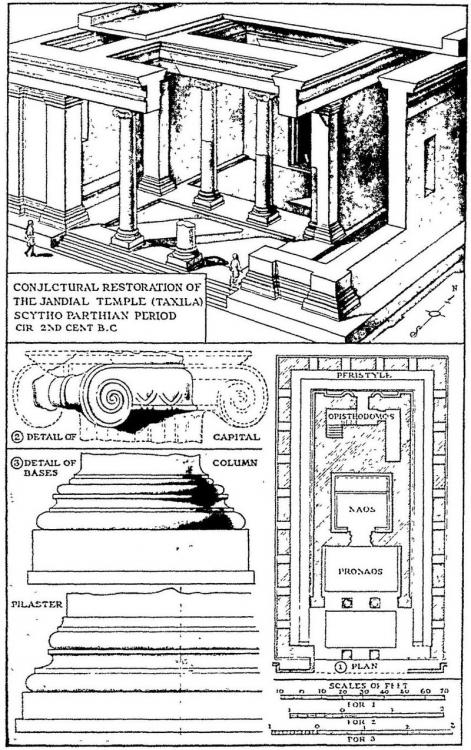
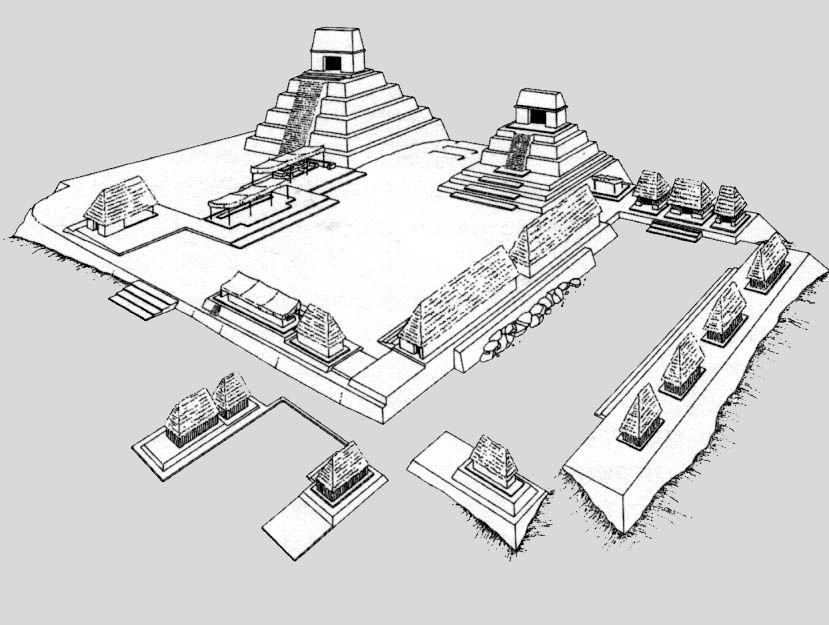
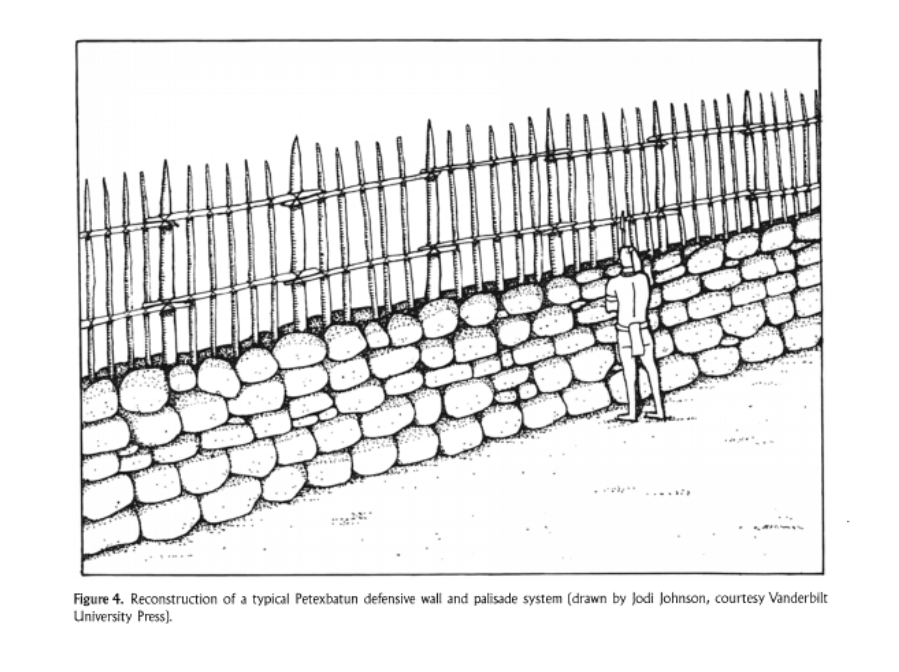
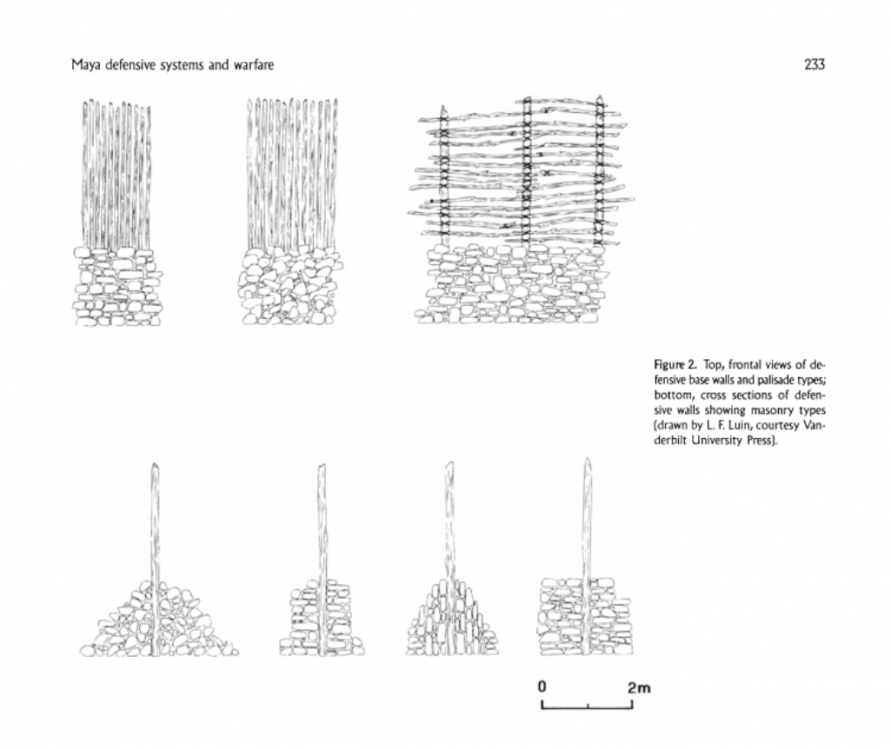
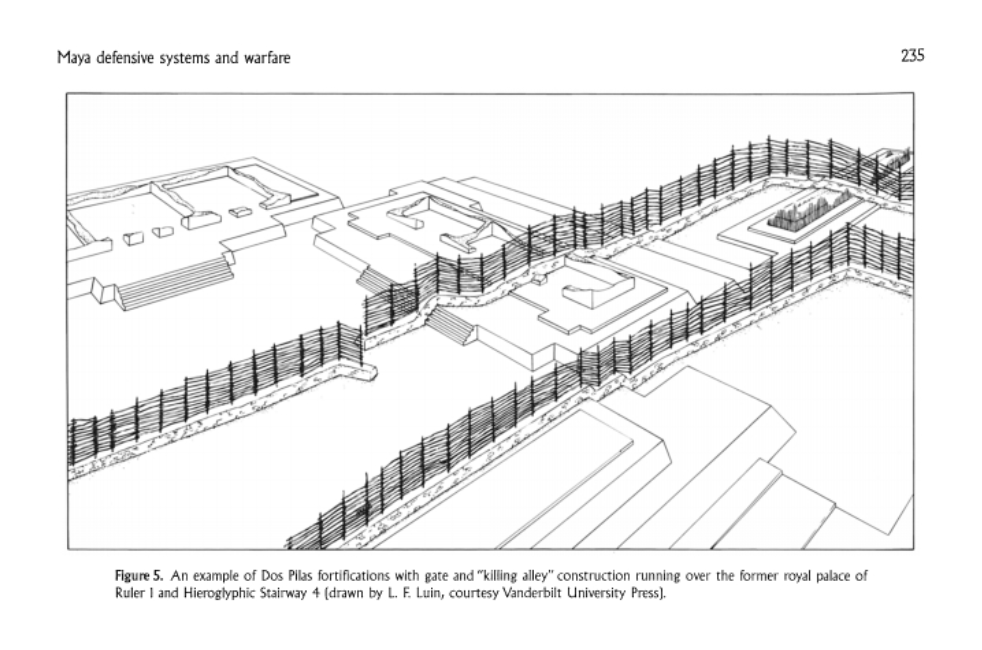
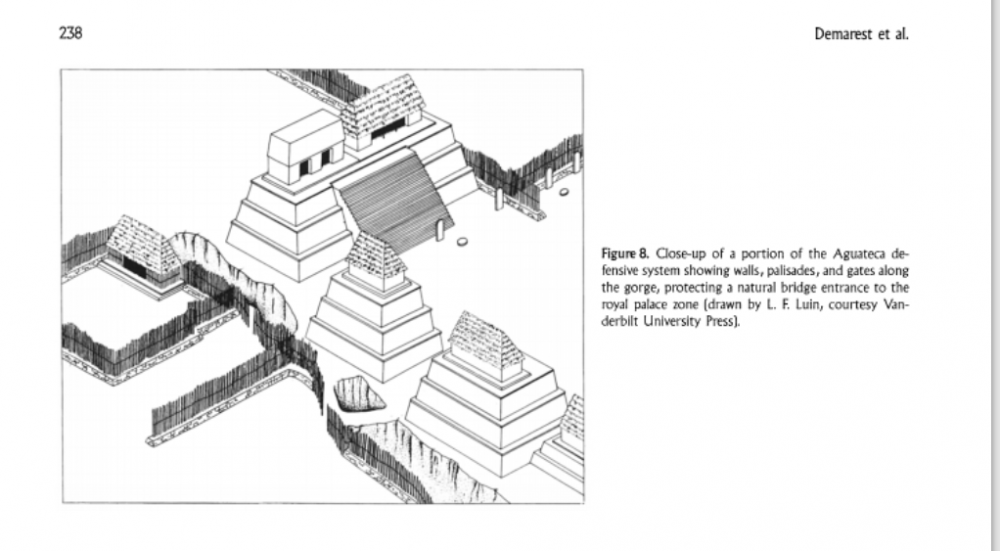
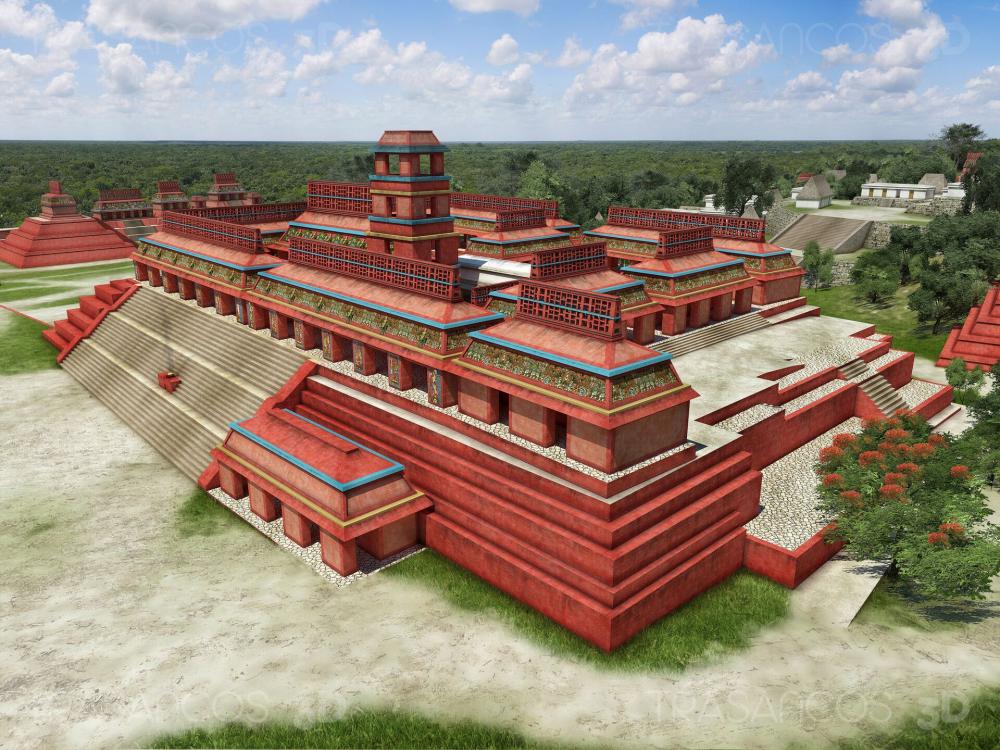
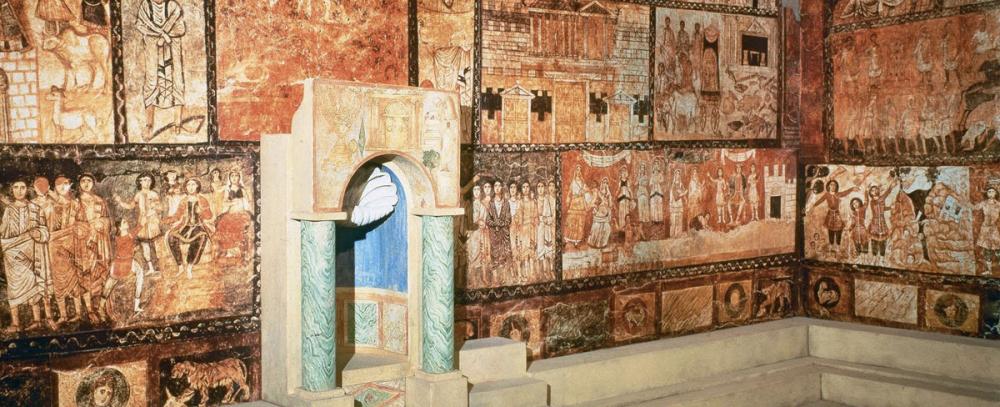
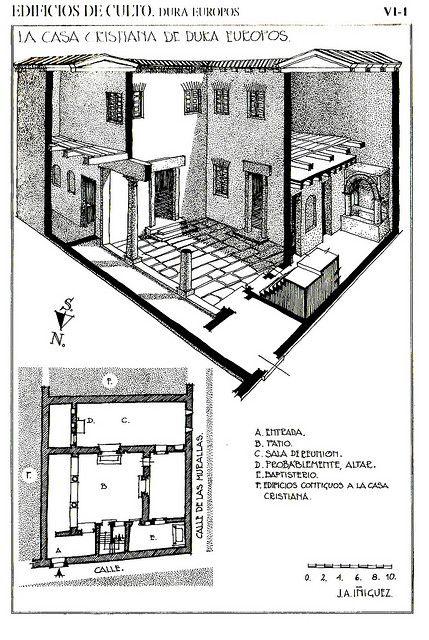
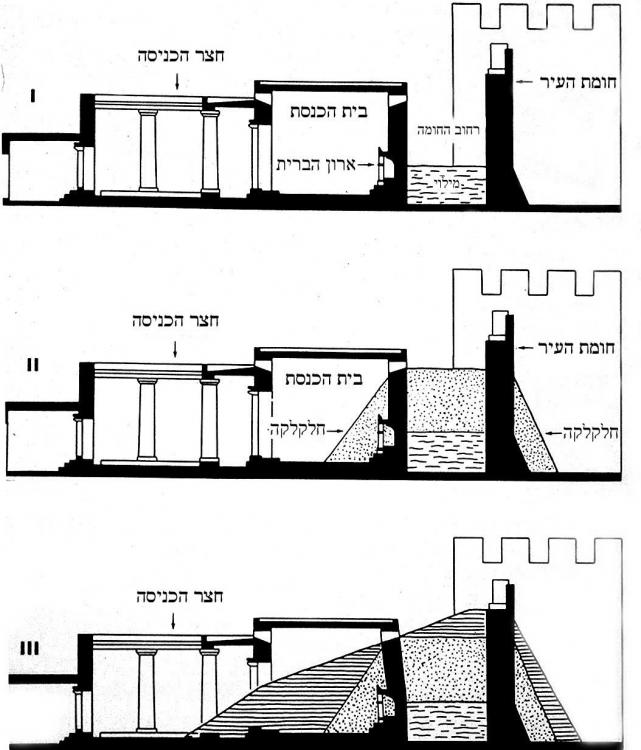
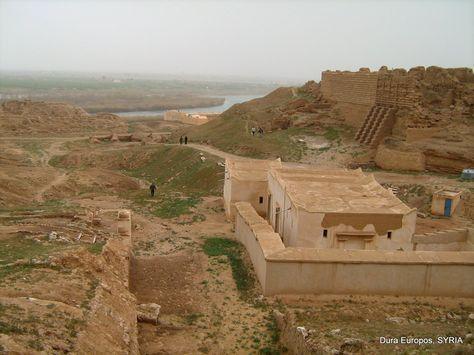
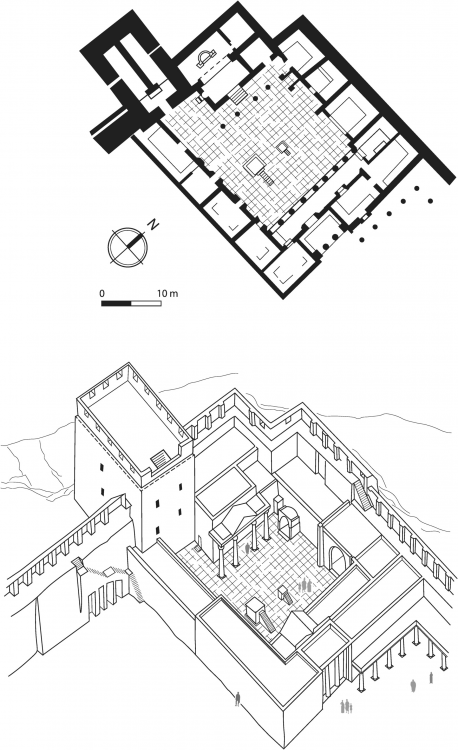
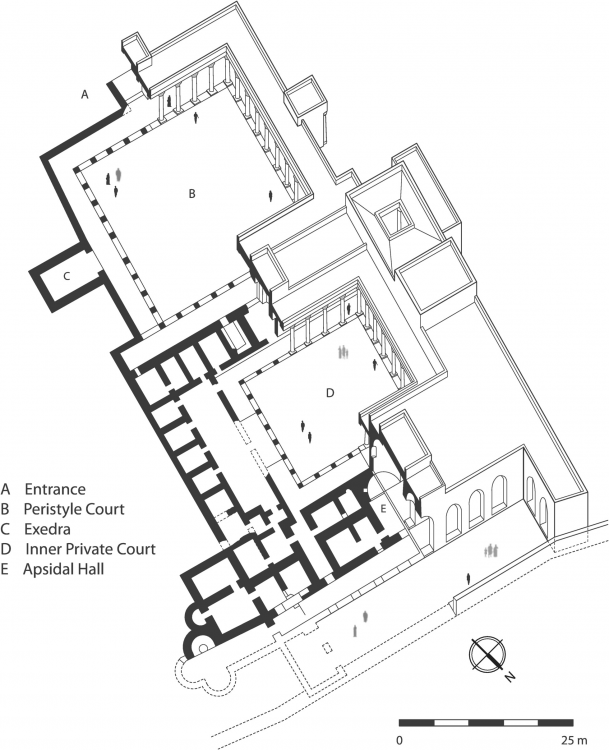
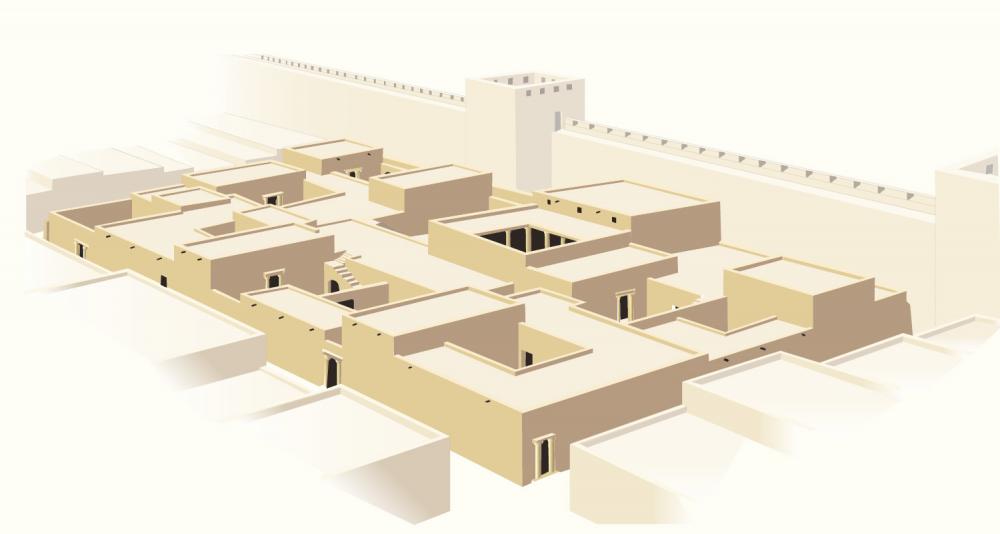
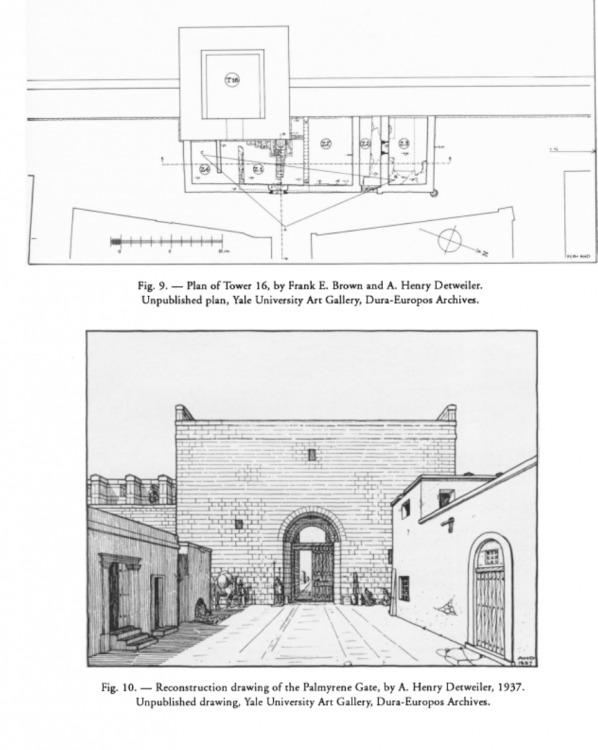
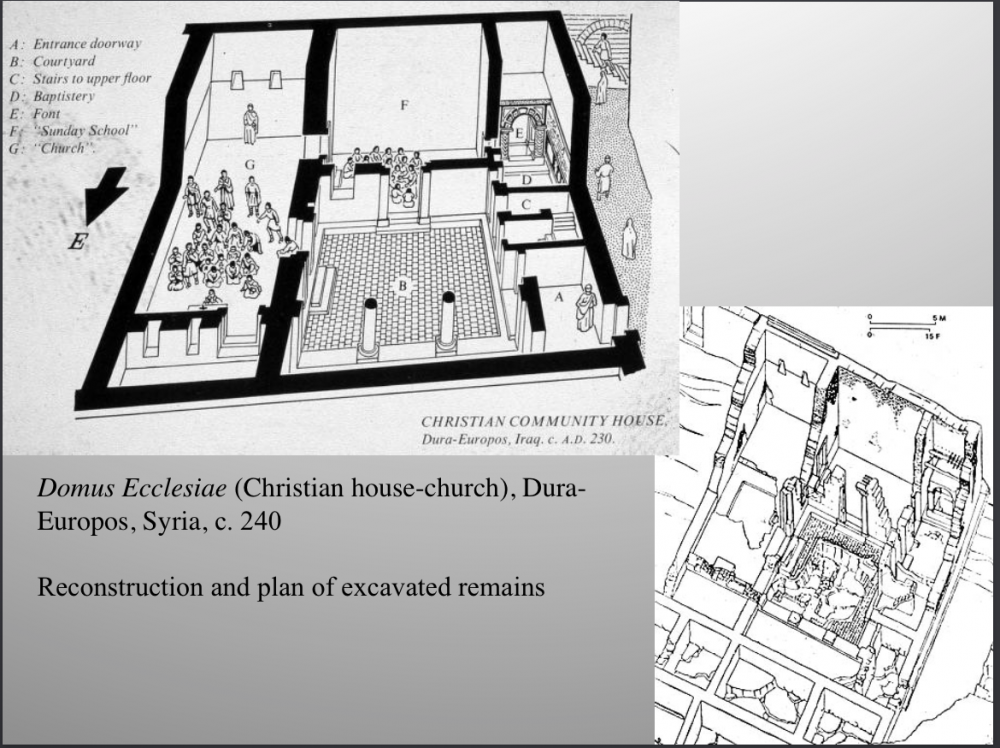
When is the new release
in General Discussion
Posted
we have two version of A23 Ken wood.